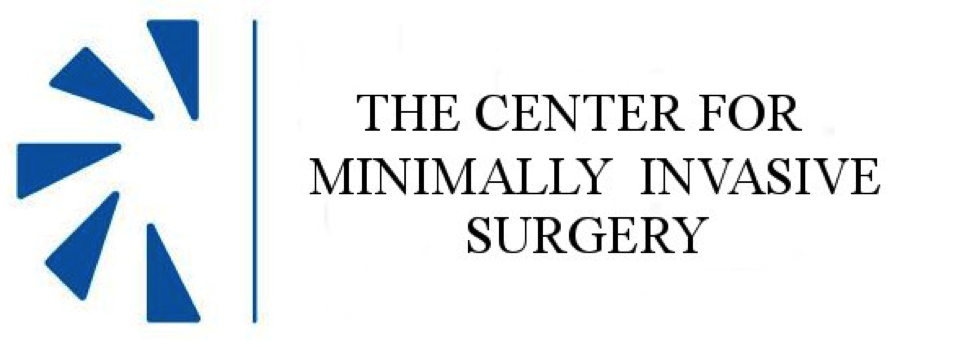What’s Behind Your Back Pain?
Chronic back pain is a condition that shows no signs of slowing down among American adults. Approximately 80% of adults will struggle with prolonged lower back pain at some point in life. For many of these adults, the issue is linked to an underlying spinal condition. Most cases are due to a herniated or degenerated disc in the lower spine. The damaged disc presses on nearby nerves, causing pain and discomfort. The spine can also lose stability if the disc shifts out of place, a condition called spondylolisthesis. A spinal specialist or orthopedic surgeon may recommend a posterior interbody lumbar fusion (PLIF) procedure. With PLIF, chronic back pain sufferers will enjoy a host of benefits.

Conservative treatment options
Although surgery is an excellent option, most cases of lower back pain respond well to non-surgical treatment. Surgeons will start by recommending pain medication and physical therapy (PT) exercises which can provide immediate relief. For moderate to severe cases, epidural steroid injections, nerve blocks, or radiofrequency ablation (RFA) can also help. Despite the many options available, some patients do not respond well to treatment. In this case, PLIF can help to provide long-term relief. Other candidates for PLIF include people with severe instability, a spinal fracture, or weakness in the lower back or leg.
What is PLIF?
Posterior interbody lumbar fusion reduces unnatural movement in the lower spine due to degenerated disc disease (DDD), a herniated disc, instability, or other spinal conditions. PLIF is a multi-step approach that starts with an incision along the tissue on the lower back. The surgeon then moves the muscles to access the spine. Some of the lamina and facet joints are removed to give the surrounding nerves much-needed space. The surgeon removes the damaged or herniated disc and installs a metal or synthetic cage to restore the lost height. Additional bone grafts fill the spaces in and around the previously herniated disc. To complete the procedure, a series of rods, screws, and other metal components hold the vertebrae in place.
Benefits of PLIF
The primary goal of PLIF is to relieve chronic lower back pain. After initial recovery and PT, patients will notice a significant improvement in nerve pain and inflammation. Studies show that PLIF has a high success rate in improving patient outcomes. Over time, the bones fuse to form a more robust, solid piece. The fusion can improve the stability of the lower spine, creating better spinal alignment and function. After surgery, patients can enjoy everyday activities like walking, gardening, and non-contact sports. Furthermore, the approach is mainly minimally invasive, which offers additional benefits. Minimally invasive surgery (MIS) promises less tissue damage, less pain, and a faster recovery. Overall, PLIF is an excellent procedure capable of achieving positive long-term results.
Risks and considerations
Any surgical procedure, minimally invasive or not, comes with risks and challenges. All surgeries have a chance of infection, bleeding, and blood clots. For fusion surgery, there are risks, including nerve damage, fusion failure, or degeneration of the adjacent bones. While fusion failures are rare, some patients may need an additional procedure to stabilize the spine. The medical team will discuss all possible risks and complications before surgery is scheduled. Patients will also be encouraged to take measures to reduce complications, such as pre-op smoking cessation and weight loss.
No more back pain with PLIF
Lower back pain can be debilitating, impacting work, social activities, and physical health. While conservative options exist to treat the issue, some people do not achieve significant relief from non-surgical approaches. In this case, back pain symptoms can be addressed by removing the damaged or herniated disc and fusing the bones. PLIF is the ideal procedure for relieving nerve pain, stabilizing the spine, and helping patients resume daily activities faster. The benefits of a lumbar fusion will continue for years, and with healthy lifestyle changes, lower back pain will be a problem of the past.
Recent Posts
ACL Repair: Will You Have Range Of Motion With Your Knee After Recovery & Physical Therapy?
After an ACL injury, ROM can be negatively affected. ACL repair surgery helps restore function, but physical therapy is essential to ROM.
Arthroscopy: What Are The Benefits Of This Minimally Invasive Outpatient Orthopedic Procedure?
Arthroscopy can help diagnose or treat joint conditions. Benefits of the MIS include faster recovery, less pain, and fewer scars.
Posterior Interbody Lumbar Fusion: What Are The Benefits Of PLIF For People With Back Pain?
People with chronic back pain may benefit from posterior interbody lumbar fusion surgery. PLIF can reduce pain and improve stability.
Saying Goodbye To Tonsil Troubles: The Benefits Of Minimally Invasive Tonsillectomy
Chronic tonsilitis or other tonsil troubles can impact health and well-being. A minimally invasive tonsillectomy can reduce infections.








